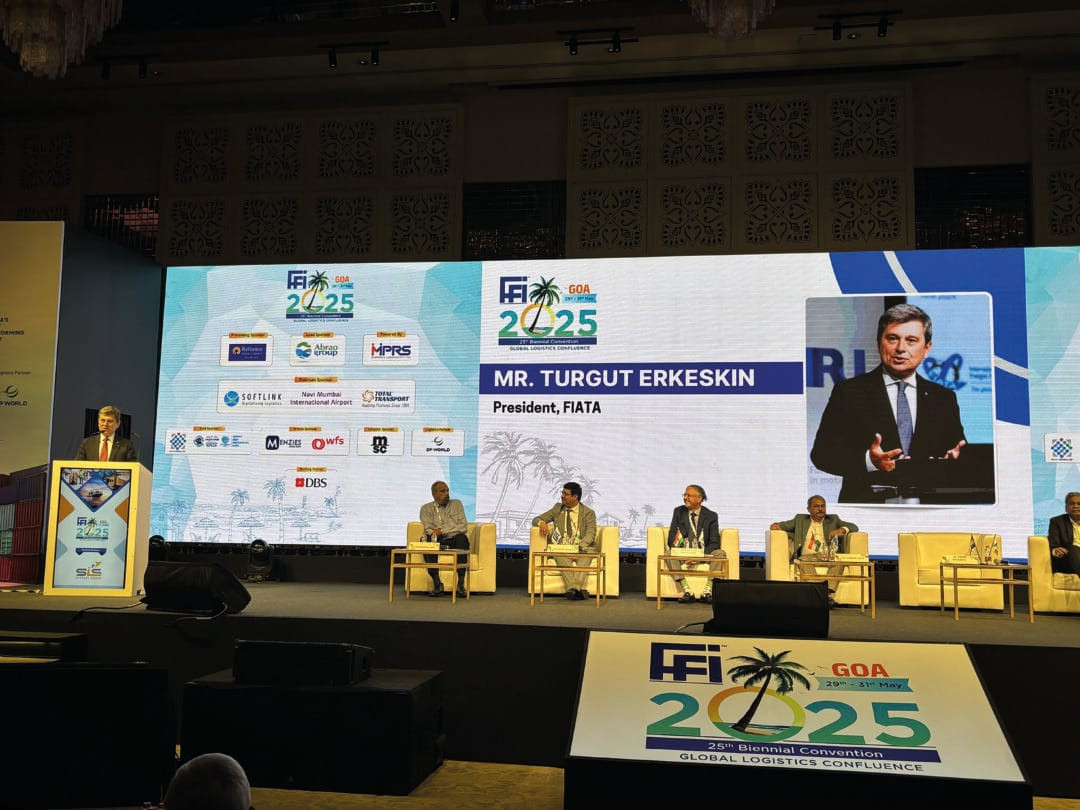
INDIA’s Vision 2047 offers a pivotal opportunity to redefine an Airfection as a strategy in the country’s economic transformation. In order to achieve the economic situation advanced by the centenary of its independence, India must overcome fragmented logistical planning and put a travel shipment at the forefront of the infrastructure agenda and national commercial policy.
To realize the vision of VIKSIT BHARAT, three structural gaps must be processed urgently: the imbalance between the port infrastructure and the air structure; Lack of integrated railways that are able to support sensitive trade time; And the absence of coherent national shipping strategy. Each of these things is necessary for the scene of the future logistics of India and enabling commercial competitiveness by 2047.
The growth led by the port and communication of remote areas
Unmesh Wagh, head of the Jawaharal Nehru Port Authority (JNPA), emphasizes the importance of multimedia infrastructure in accelerating economic growth. “Our focus of ports as independent assets has turned into the ports as a multimedia logistical nodes. Dry ports are now alignment in JNPA with internal air charging stations, especially in Maharashtra and Ghajarat.”
DFC plays a vital role in this shift, which reduces transportation and cost times by 25 to 30 percent and extend JNPA shipments at home. Likewise, Sushil Kumar Singh, Chairman of the Dindial Port Authority (DPA), highlights the ongoing efforts to connect logistics services to the ports with regional airports in Kandla and BHUJ. “We see coastal goods as a bridge between the Hydinian land manufacturer and an air export contract. Our planning SEZ now includes the monotheism of the goods with a storage that is controlled from the temperature,” he explained.
The structural role of air charging
The merchandise trade in India is expected to reach $ 2 trillion by 2047, as a travel shipment will play a large role in a non -proportional in the sectors of high value such as electronics, airline components, accuracy engineering and pharmaceutical preparations. “We need to rethink air charging is not a naval and railway assistant, but as a critical corner allows the time trade specified in regional value chains,” also notes Dr. Sodaher Kohakadi, Deputy Director General (Shipping).
Although the national logistical policy and the Gati Shakti program are ambitious, they are currently lacking the main performance indicators of identity. Dr. Kohakadi stresses the need to integrate airline stations into a logistical garden planning, with the support of customs automation, green corridors, and facilitation centers for the joint DGFT export.
See Vande Bharat
According to Dr. Sodhancho Mane, the architect of the high -speed railway initiative in India, the speed in logistics services must be considered completely. “The speed is not only related to the fastest trains or flights-it is related to reducing friction at each territorial point. If the railway can connect the goods from Kanbur to Delhi in four hours, and it can reach Frankfurt in ten, the real bottleneck is the twelve hours lost in customs, warehouses, and the last unacceptable opening.” It calls for multimedia information panels in actual time and create a national logistical regulatory authority.
Digital consequences
Turgut Erkeskin, head of Fiata, is placed logistical reforms in India in a global framework. It argues that India must turn its intention to the organizational ability to predict the inspiration of global confidence. A fragmented organizational environment that undermines the facilitation of trade. It encourages the active participation of India in international coordination efforts to document digital charging and carbon accountability in air conditions. “Viksit Bharat should also be digitally connected spices.”
The road forward
Since India is targeting an economy of $ 5 trillion by the end of this contract and developing the nation’s situation by 2047, the conditions of tendons should be transformed from being a transaction service into a strategic empowerment factor. A major plan for national air pressure is needed to support the incentives of charging, investment in the cold chain, and drones for the last tilt. Equally important is the development of a smooth customs ecosystem, using Blockchain and AI to reduce treatment times by at least 40 percent across the gate airports.
The ULIP platform (ULIP), despite the promising, must develop beyond the vision to provide guarantees of the implementation service level. To meet the ambition of vision 2047, the conditions of air weapons must be included as an essential element in the commercial competitiveness of India, digital sovereignty, and logistical flexibility.